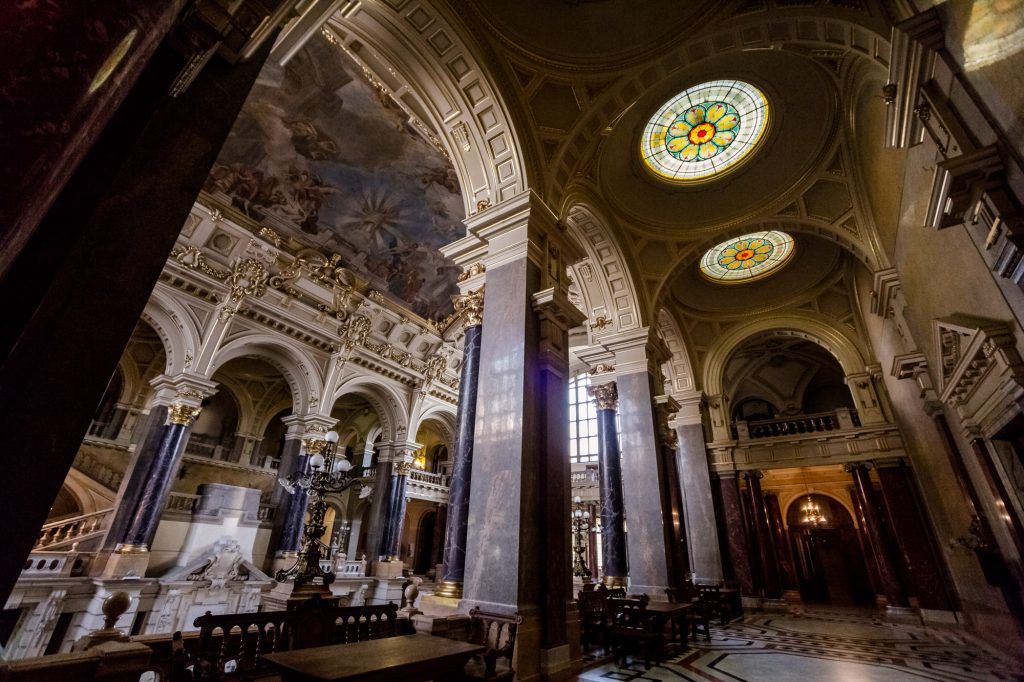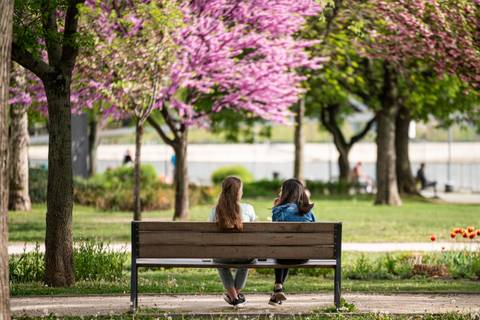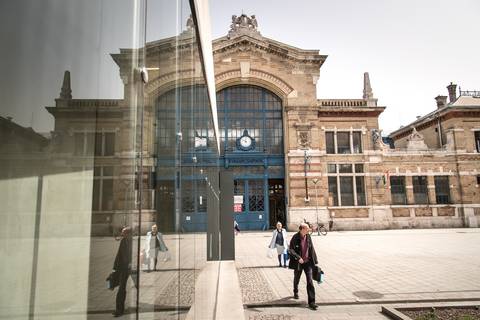During its 140 years, the venerable Museum of Ethnography has moved six times. The end of this year will see yet another upheaval, and a huge one. This majestic building opposite Parliament will close for one last time in December, before an entirely new museum is built in the City Park by the summer of 2019. We took a tour of this grand landmark, formerly the Palace of Justice, the Ministry of Justice, the Institute of Political History and the Hungarian National Gallery, fascinating inside and out.
Staff bidding farewell to this stately edifice emphasize that no matter how beautiful this current building is, it simply wasn’t built to function as a museum. Designed by Austro-Hungarian architect Hauszmann Alajos, it was handed over as the Palace of Justice on October 20th 1896 then housed the Ministry of Justice until 1948. Standing opposite the Parliament on Kossuth Square, the building was planned by the architect to be strictly proportional “antique Roman Baroque”. Mixed with Neo-Renaissance elements, the result mainly shows signs of Eclecticism.
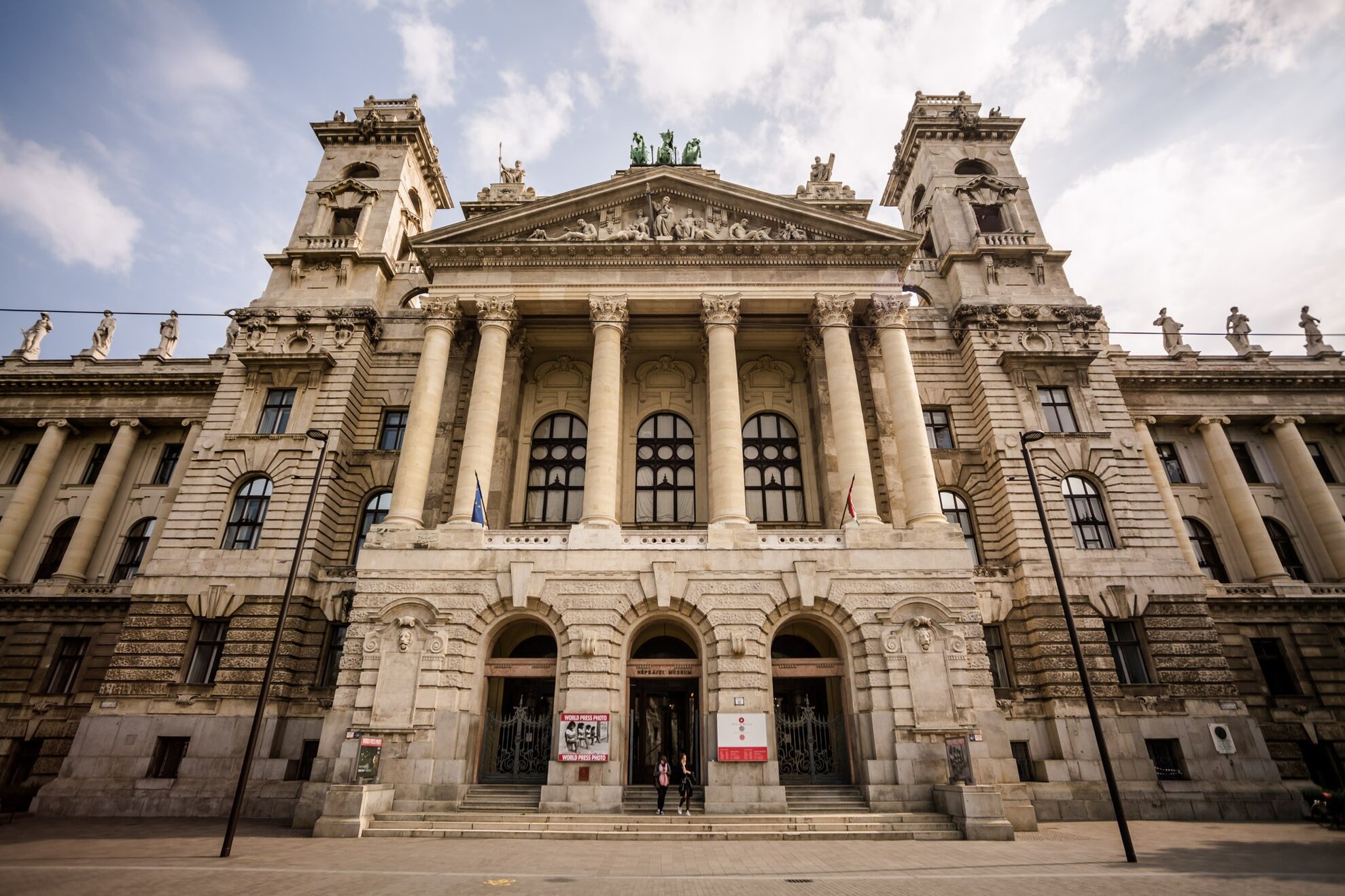
The original purpose of the building is indicated on the façade, where a statue of Lady Justice stands on a three-horse chariot, a work by sculptor Károly Senyei. Next to it stand legislators created by János Fadrusz, and another group of statues by György Zala, depicting a trial with a judge, a prosecutor, a defendant, a complainant and a felon.
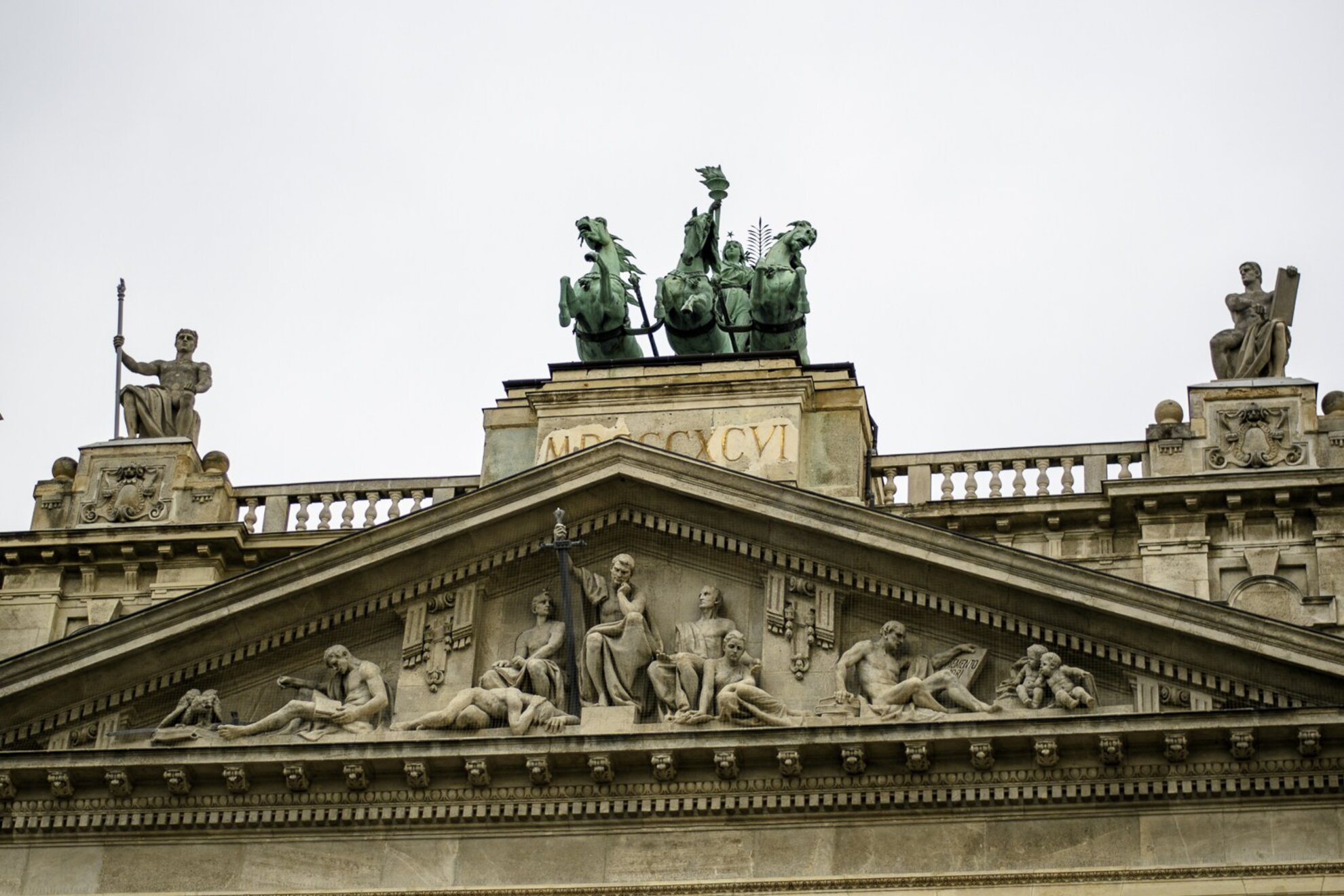
In 1948, the judicial function of the building ceased, and it housed the Workers’ Movement Institute of the Hungarian Working People's Party until 1955, before being split into two sections in 1957. The southern wing, facing Alkotmány Street, housed the Institute of Political History of the Hungarian Socialist Workers' Party until 1989, when the ownership of the ownership was transferred to the Hungarian Socialist Party until 1998. It then became an NGO. The northern wing housed the Hungarian National Gallery between 1957 and 1973. Since then, it has served as the Museum of Ethnography.
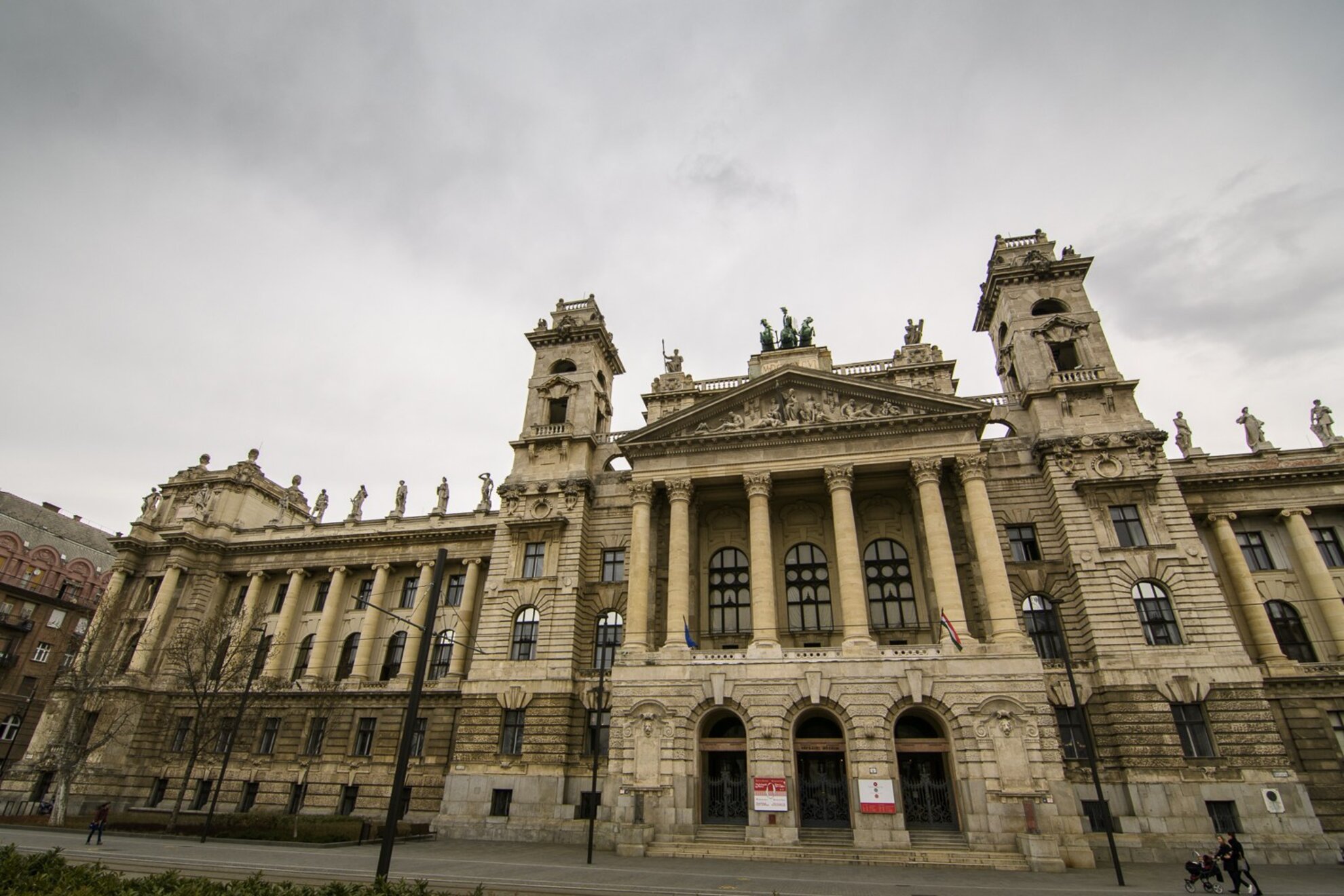
In the luxurious lobby, you can currently view the World Press Photo exhibition. This area once separated the two wings of the Hungarian Royal Mansion and the Royal Court of Budapest. It was intended to serve as a place where judges, lawyers, officials and clients could wait for their trial or judgment.
A huge, twelve-ton sculpture of Justitia used to stand here as well, made by Alajos Stróbl – today, it is located in the Palace of the Supreme Court of Hungary, on Markó Street. A large photograph commemorates the statue here, and above your head spreads a mural by Károly Lotz, depicting not only Lady Justice but allegories of justice, peace, sin and retribution.
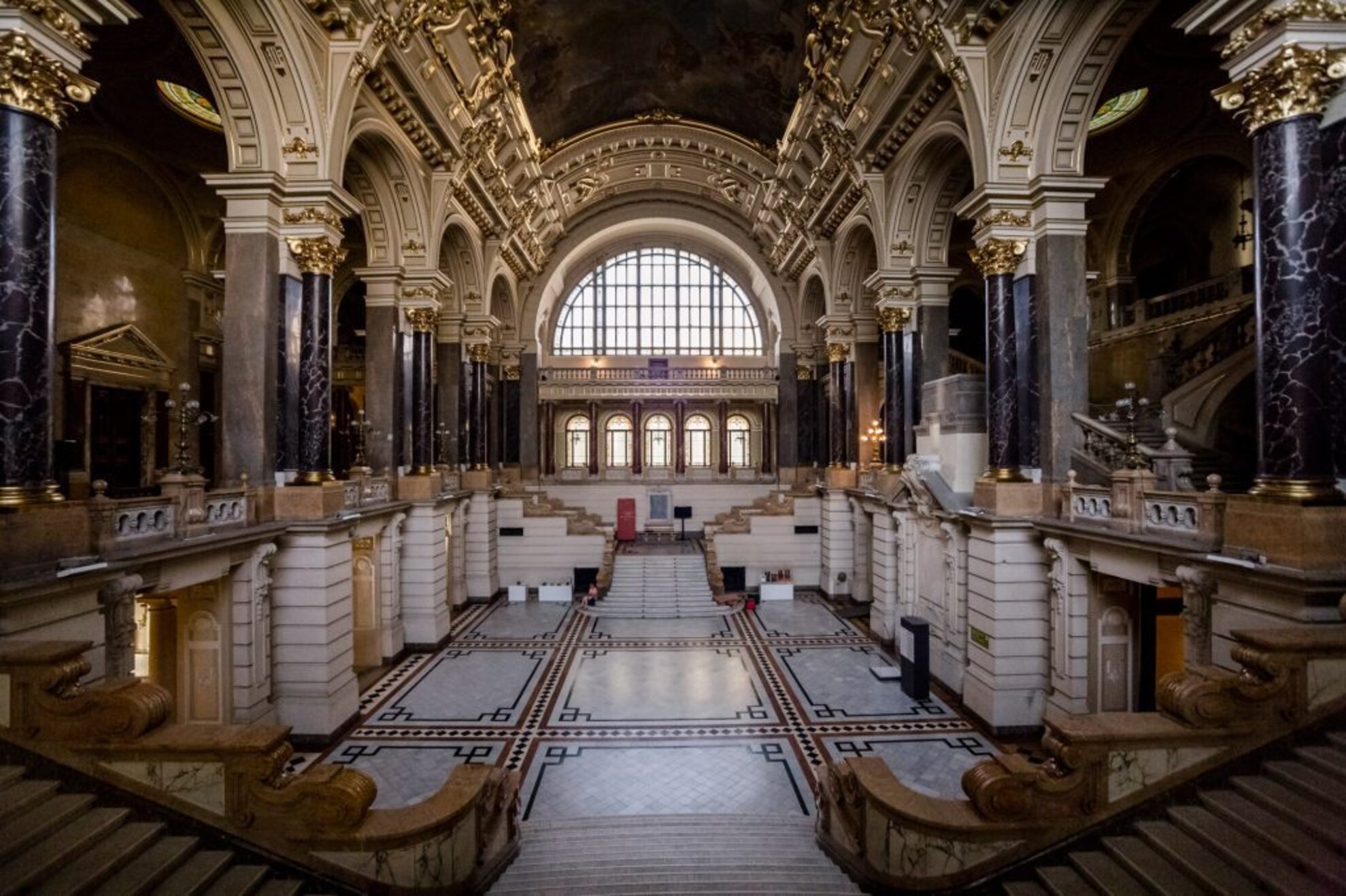
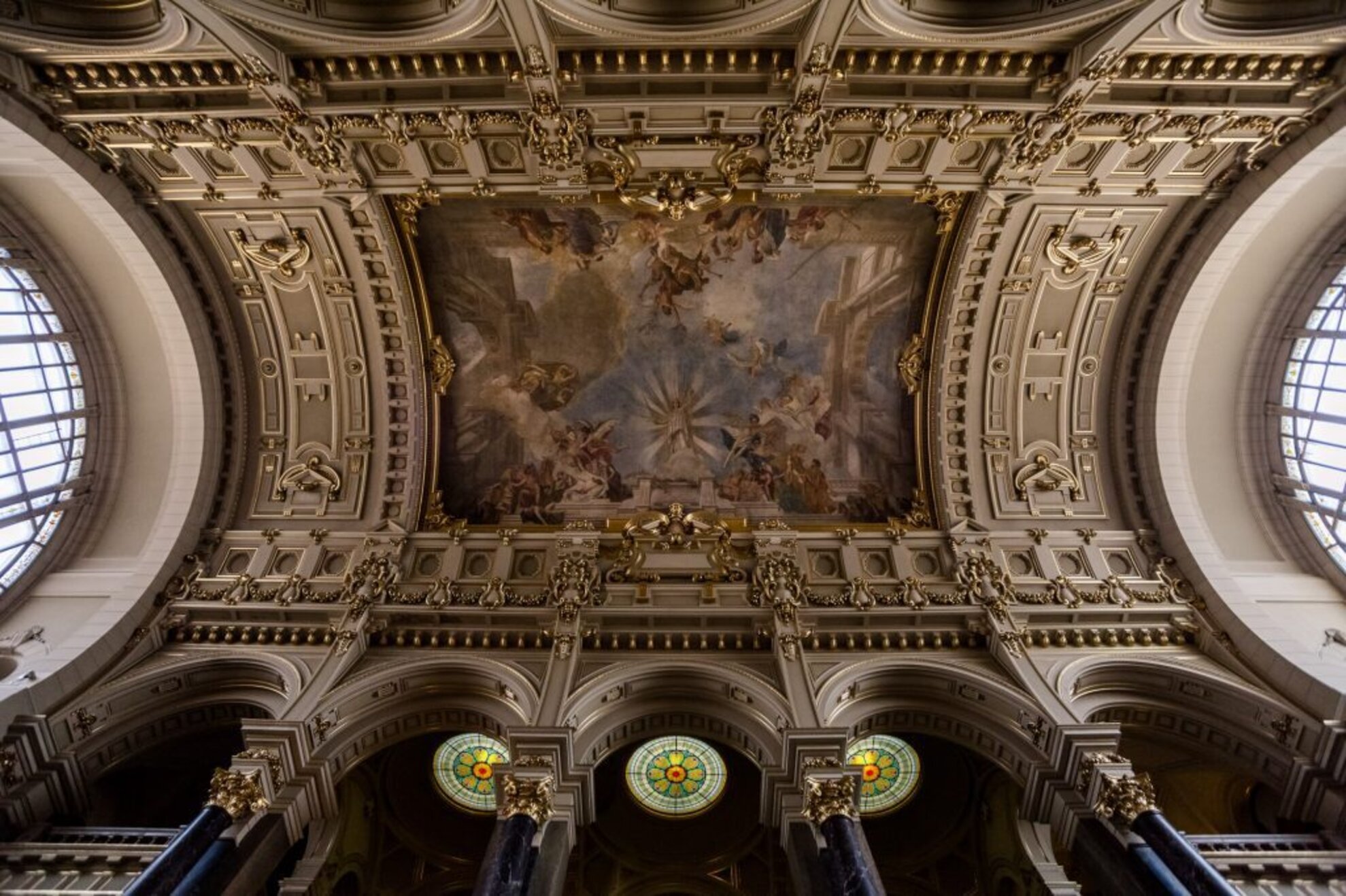
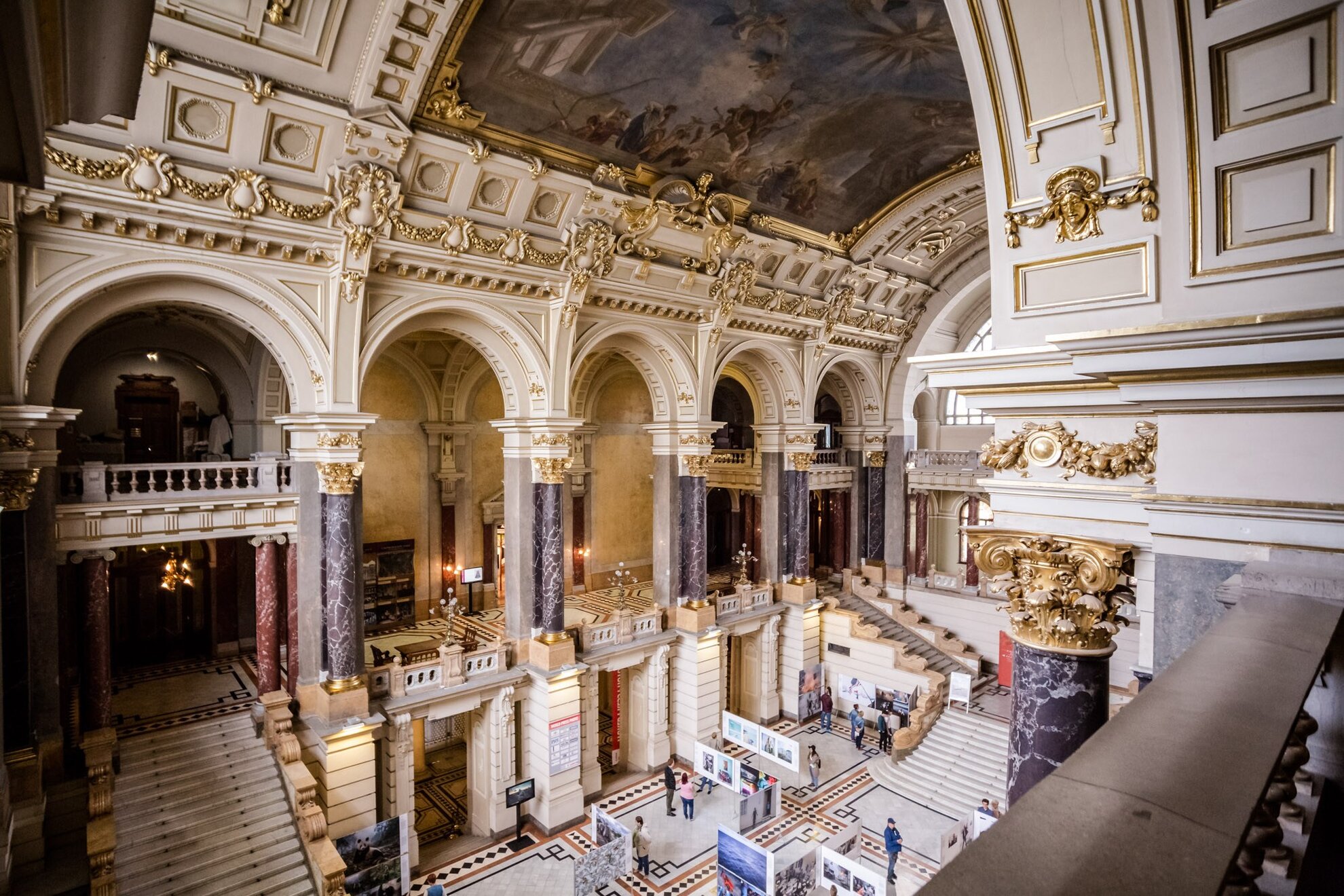
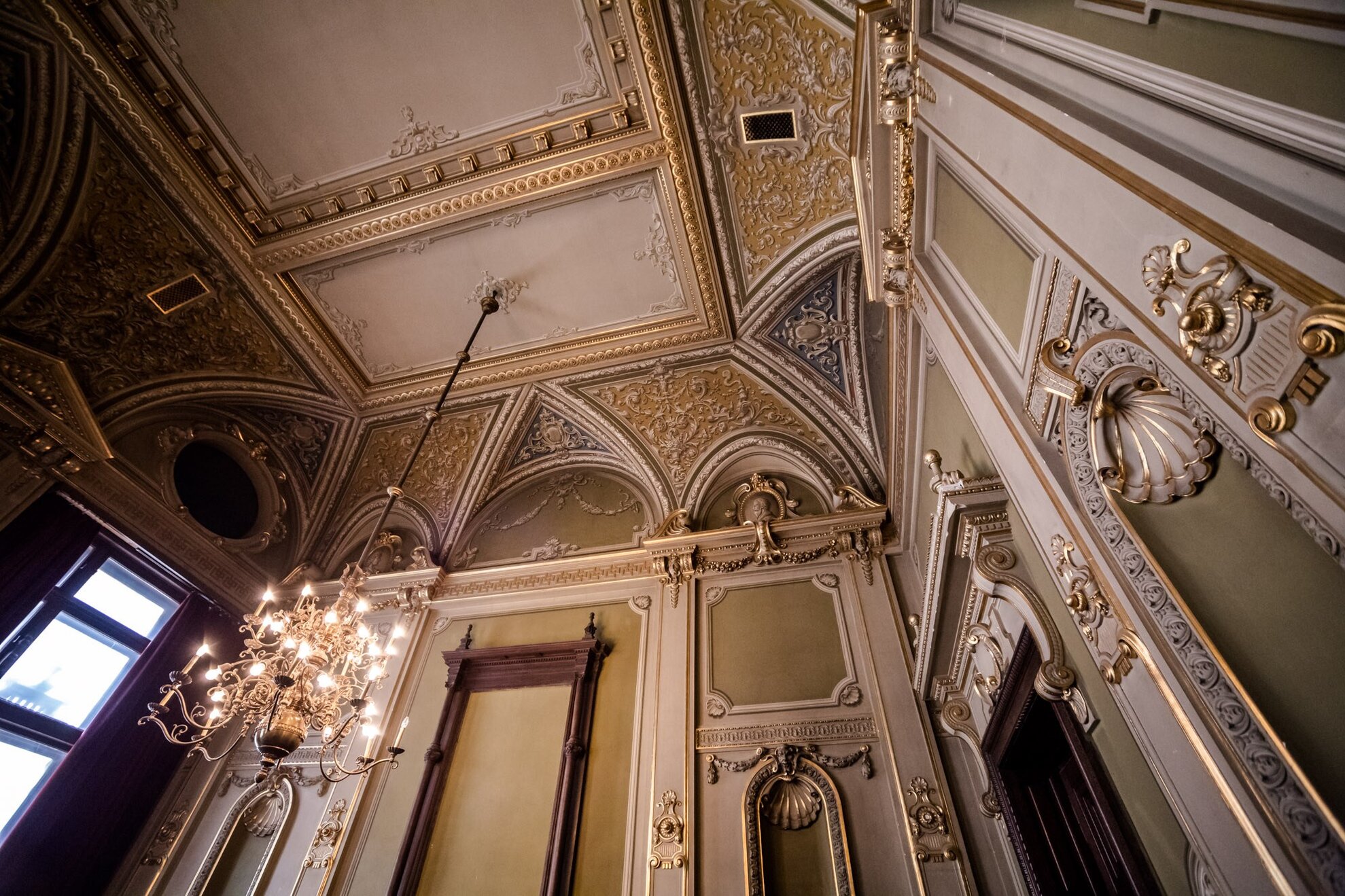
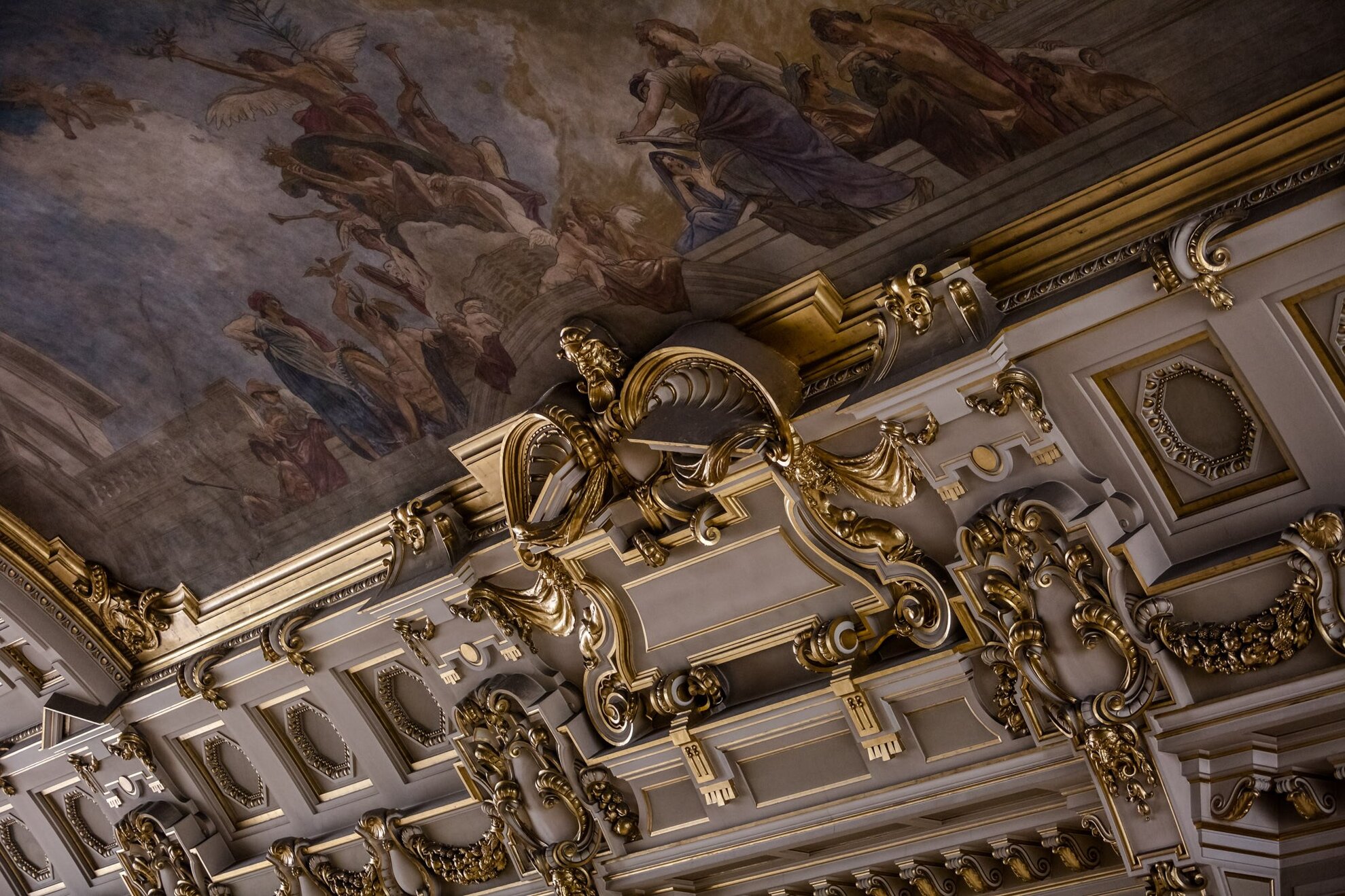
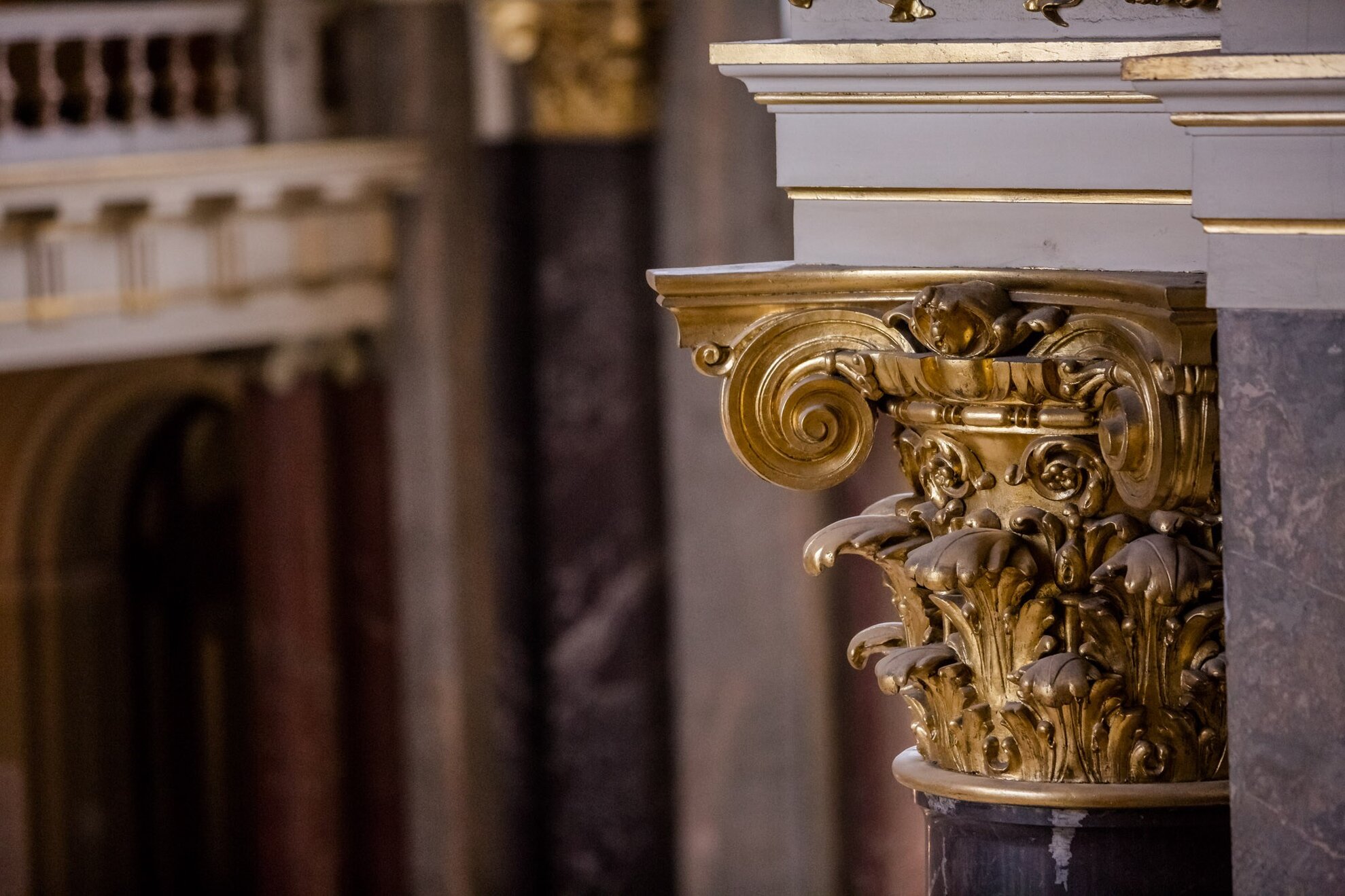
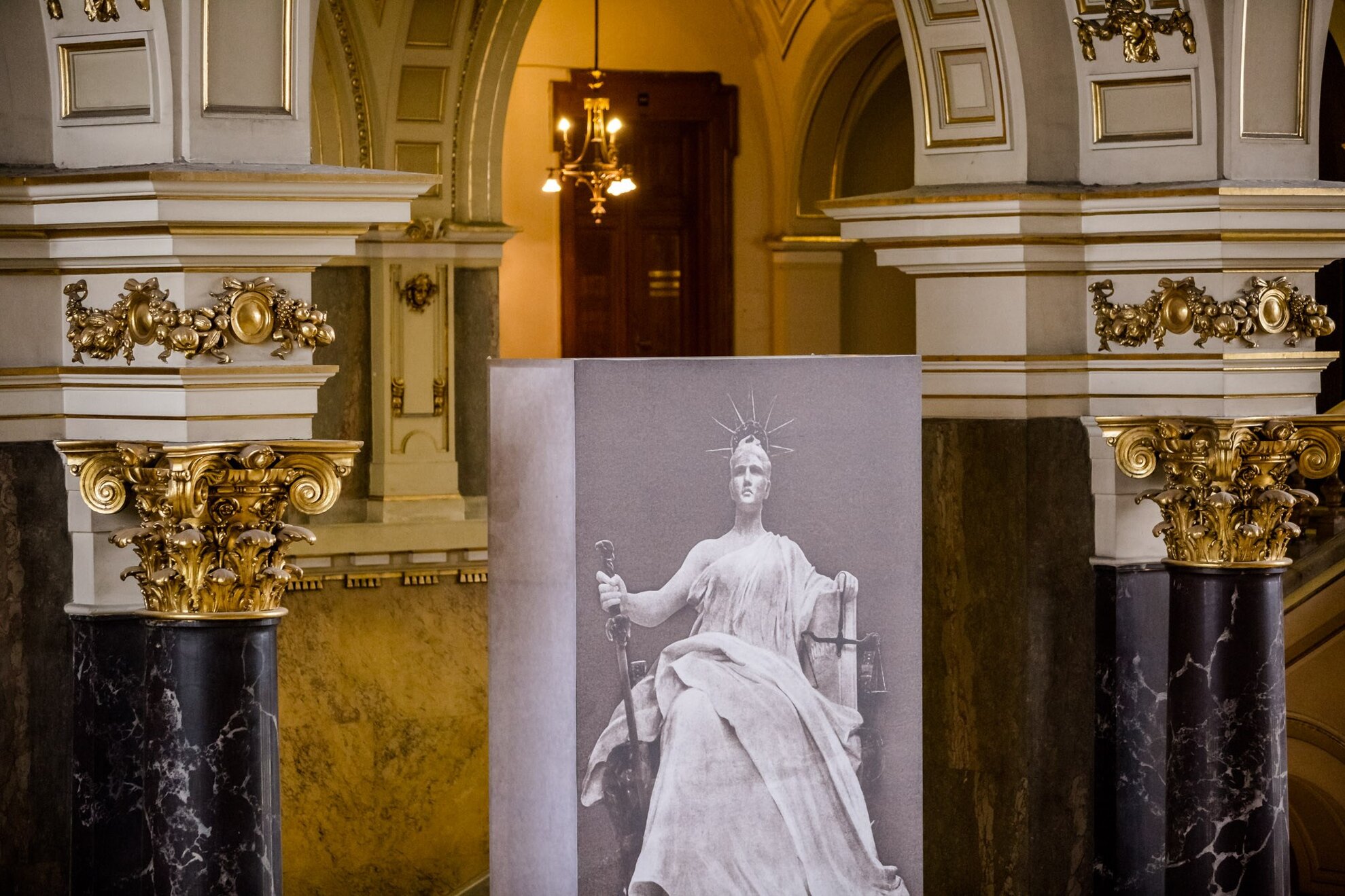
The council chambers, with an impressive six-meter-high ceiling, no longer have their original furniture, although an authentic-looking chandelier hangs in the library room of the National Gallery. The exhibition hall on the ground floor was created by uniting the former offices and other serving rooms, while on the first floor, various study rooms, reception areas and conference rooms function as a permanent exhibition space. Two of the building’s richly decorated halls were left in their original condition: the hall of the Hungarian Royal Mansion currently hosts the chamber exhibition of Bence Máté, while the hall of the Royal Court of Budapest functions as an elaborate conference room.
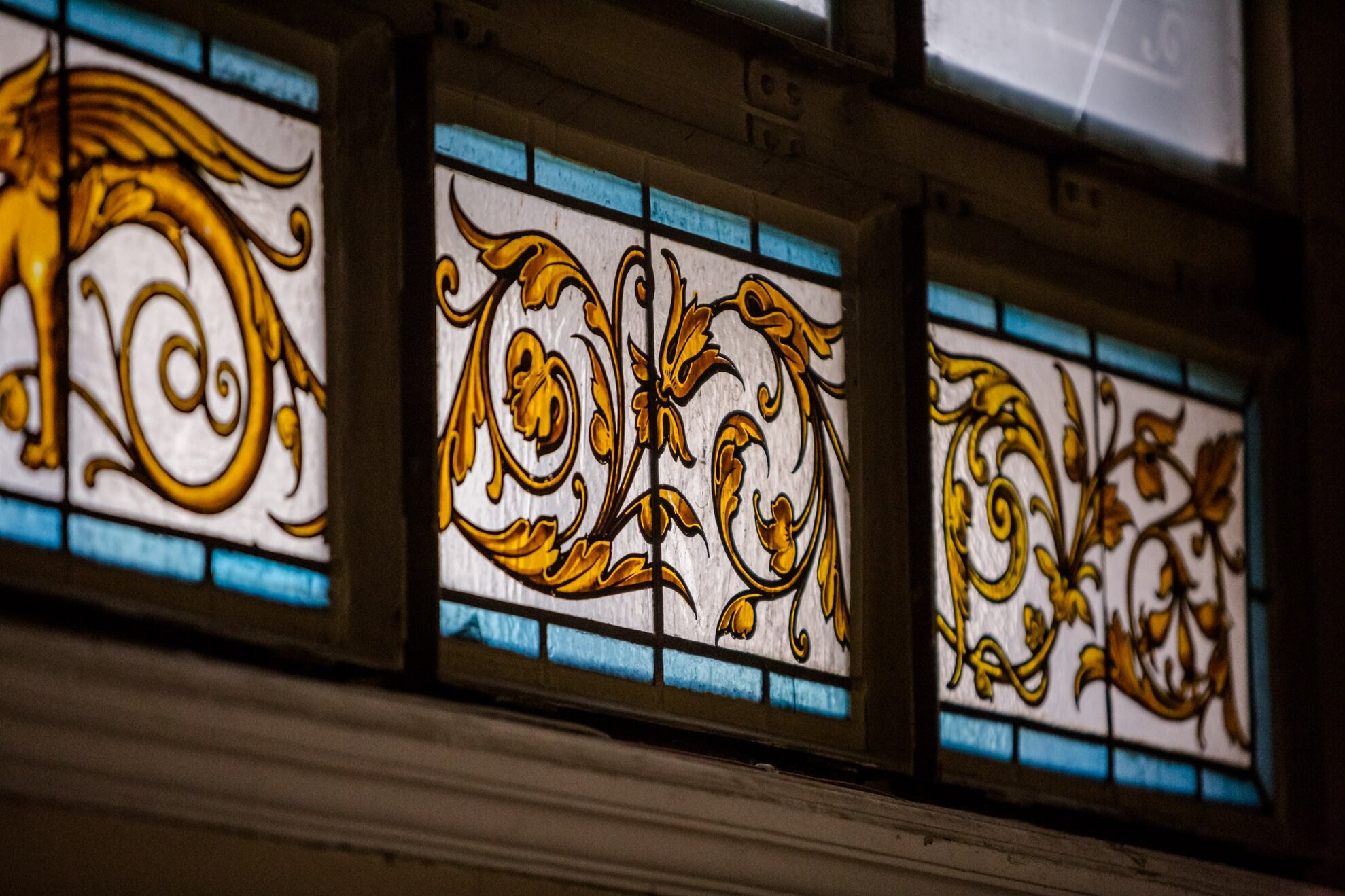
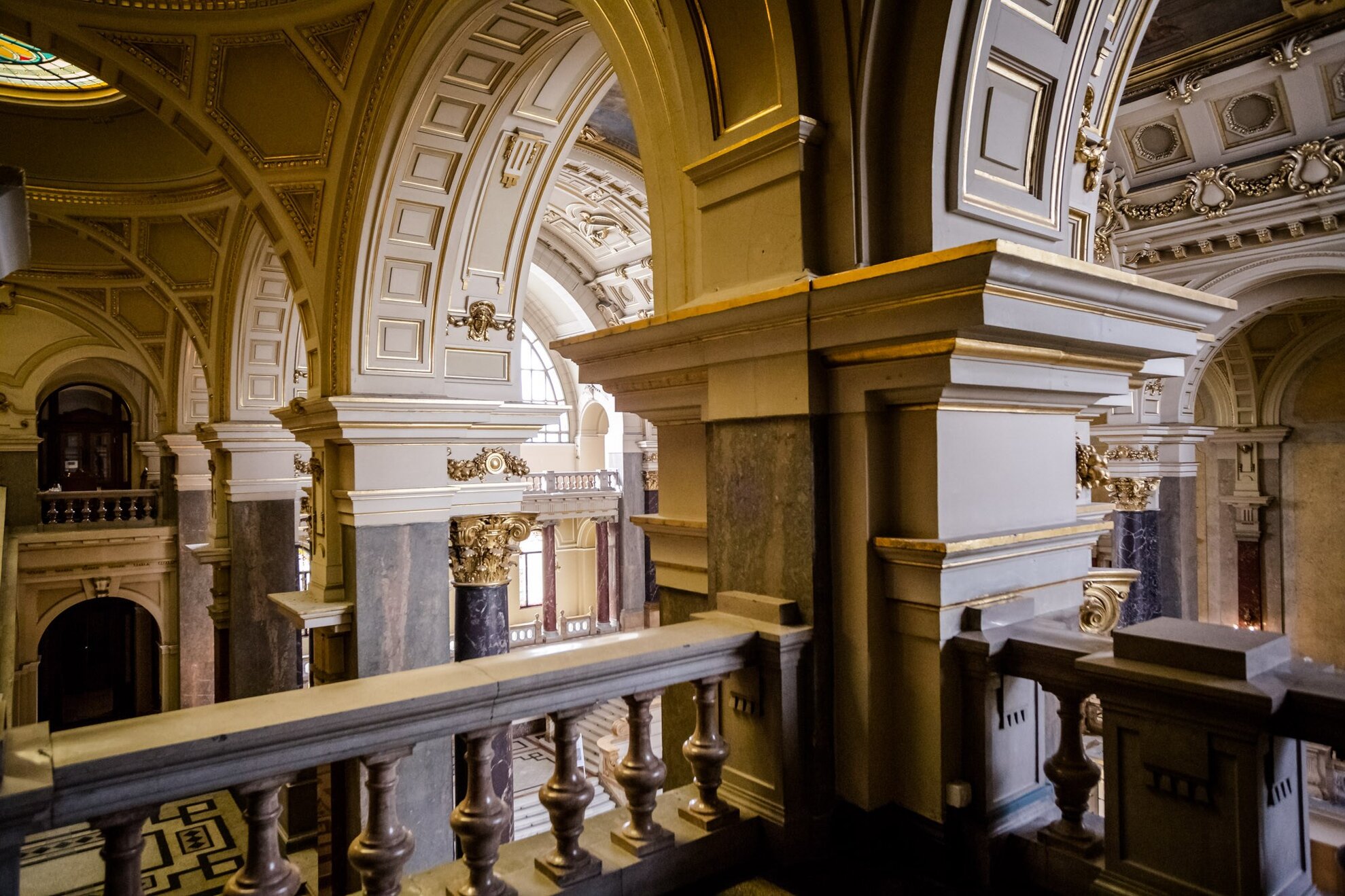
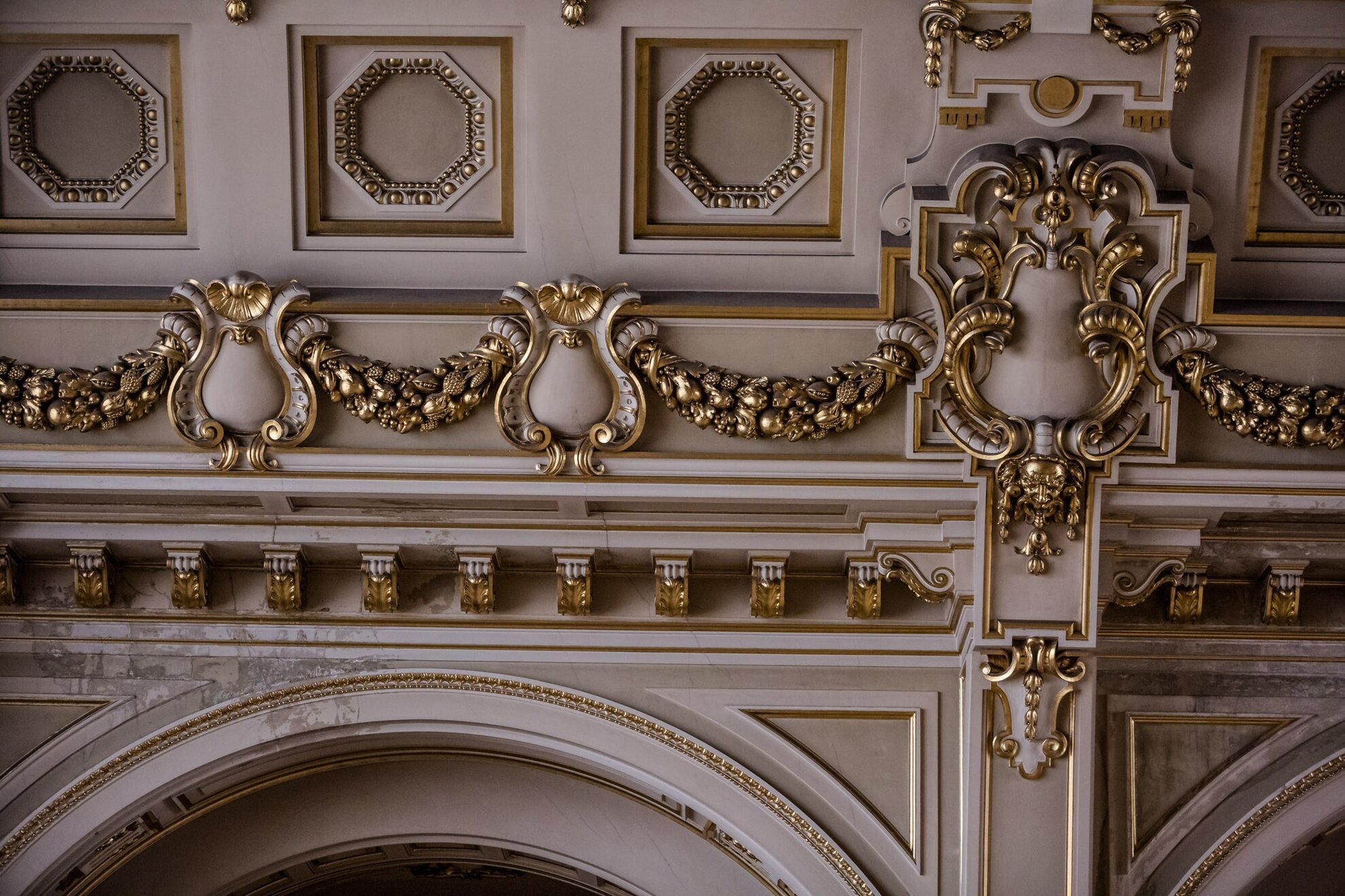
Guided tours of the museum are available until its closure in December – the press, too, can explore the building from cellar to attic. The attic is currently used as a storage room, though taking items larger than a stool up the spiral staircase must be a challenge. The basement functions as a warehouse for ceramic items and the museum’s collection of photographs.
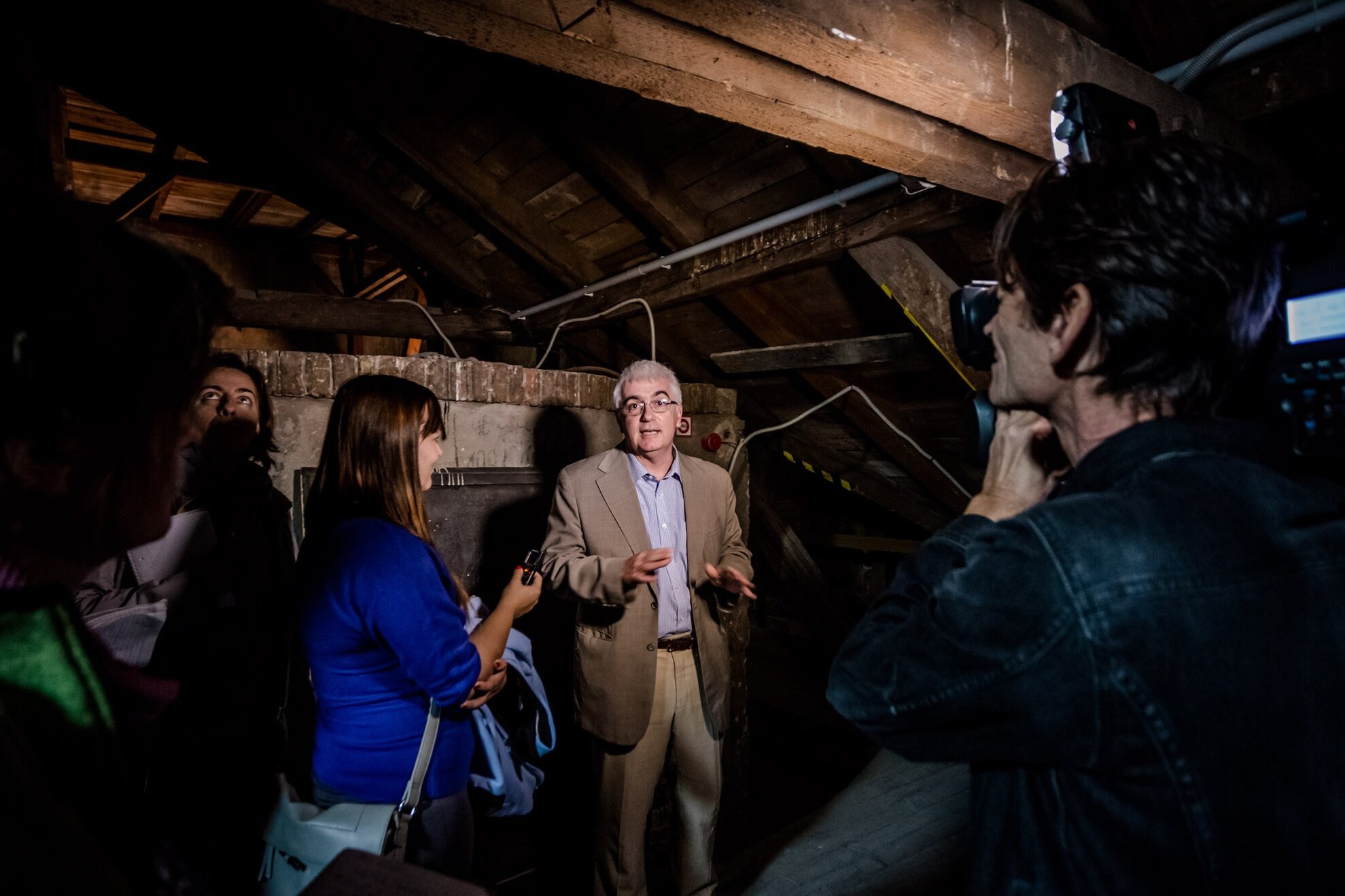
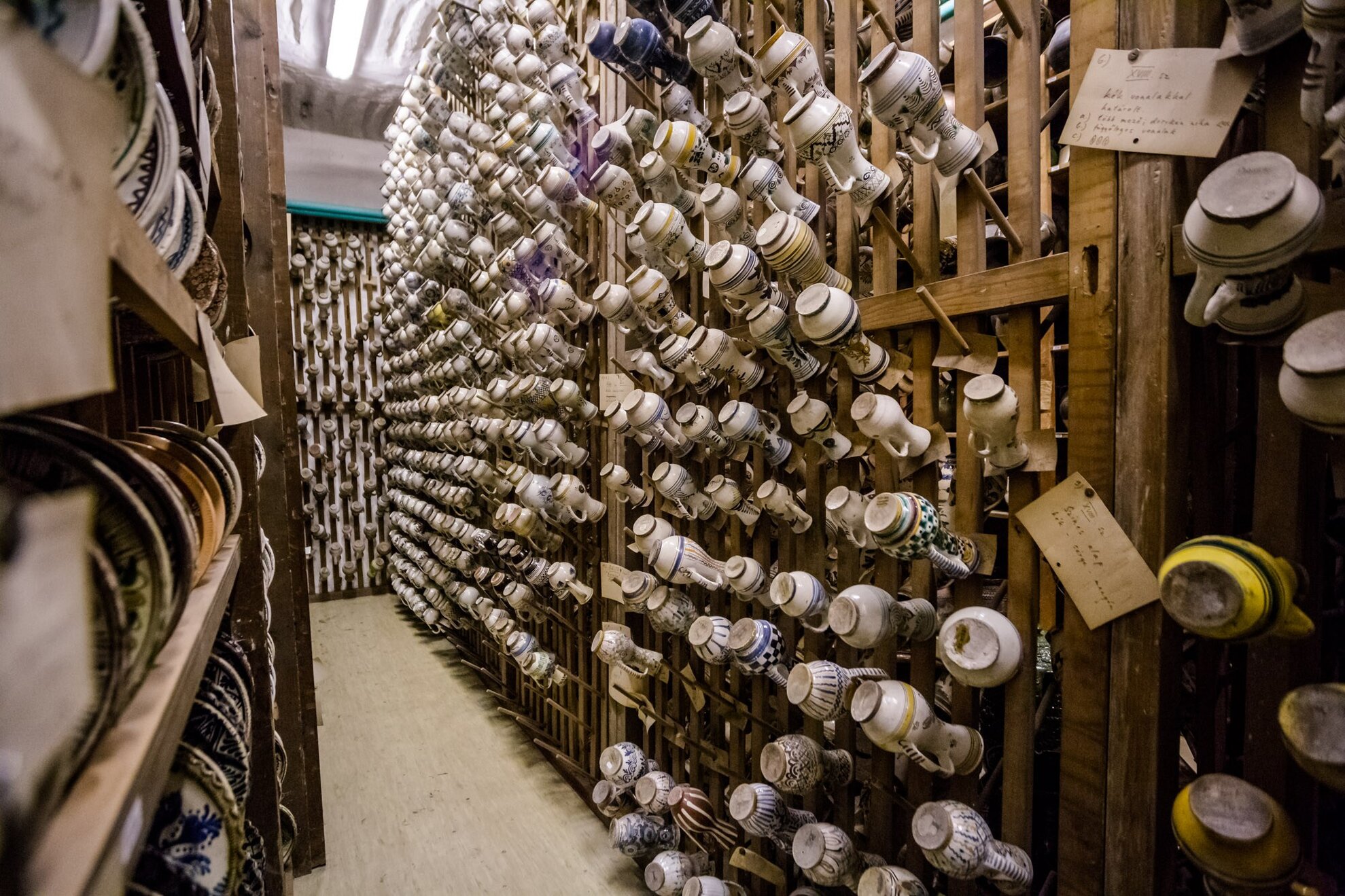
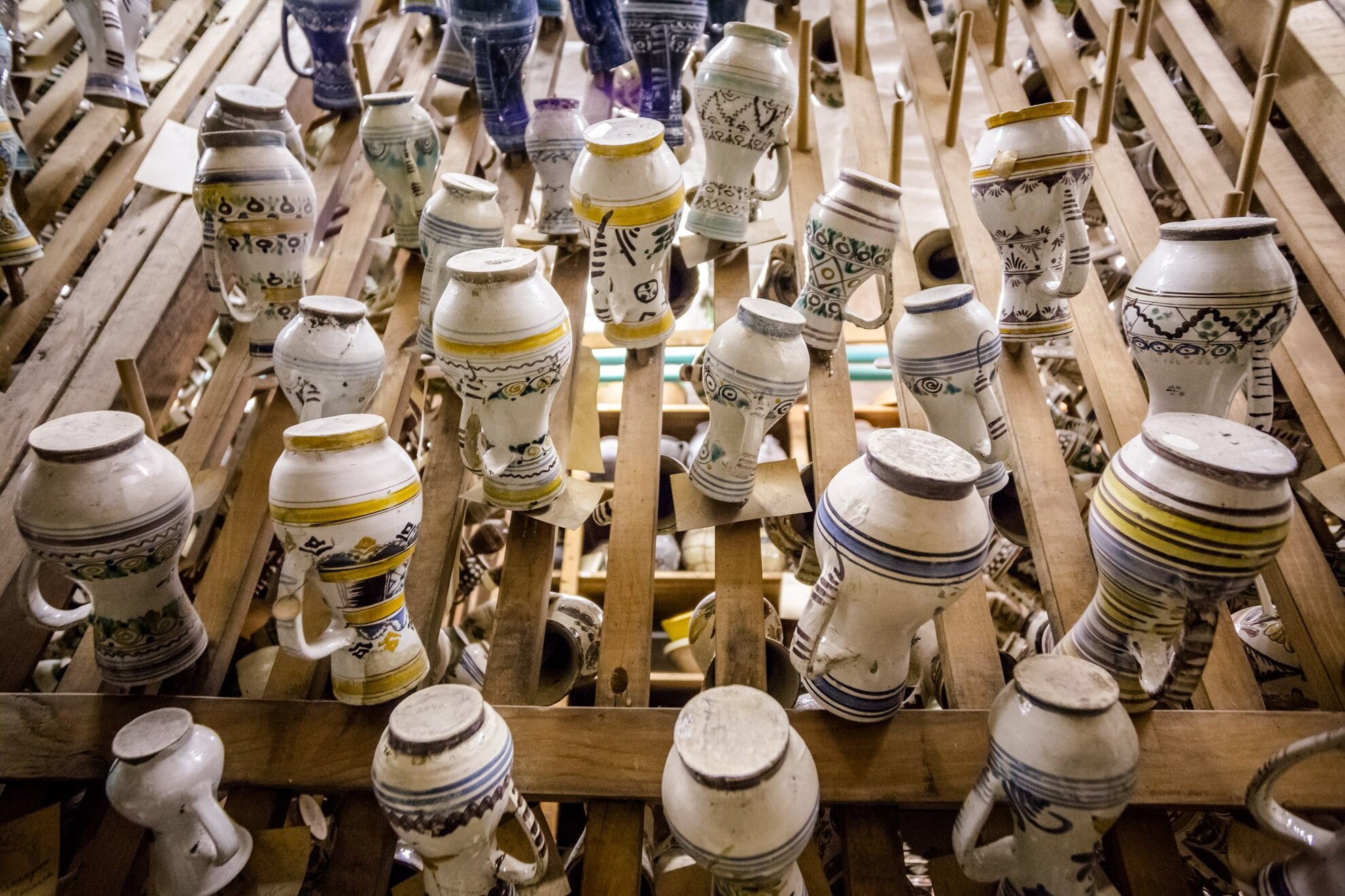
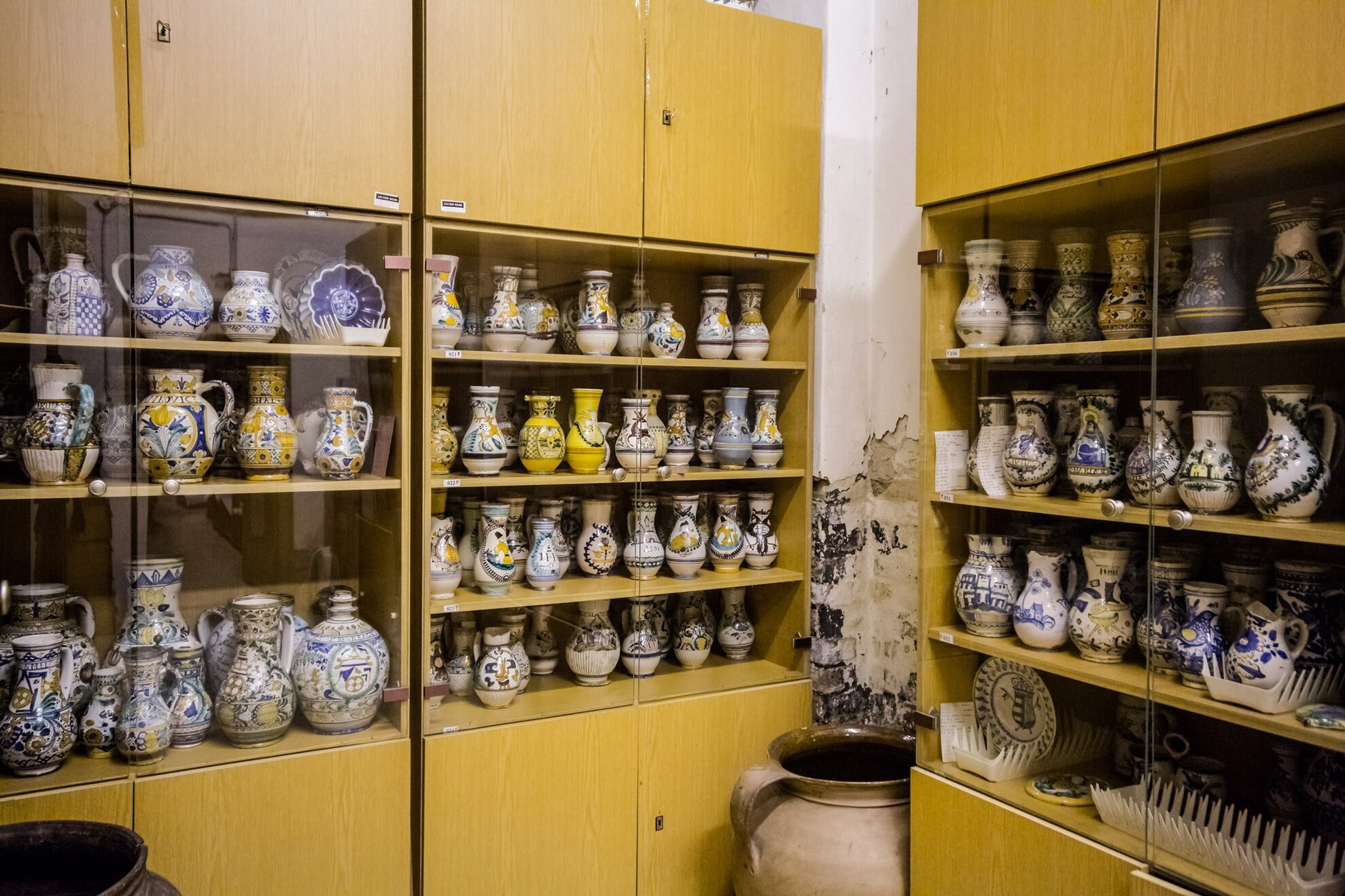
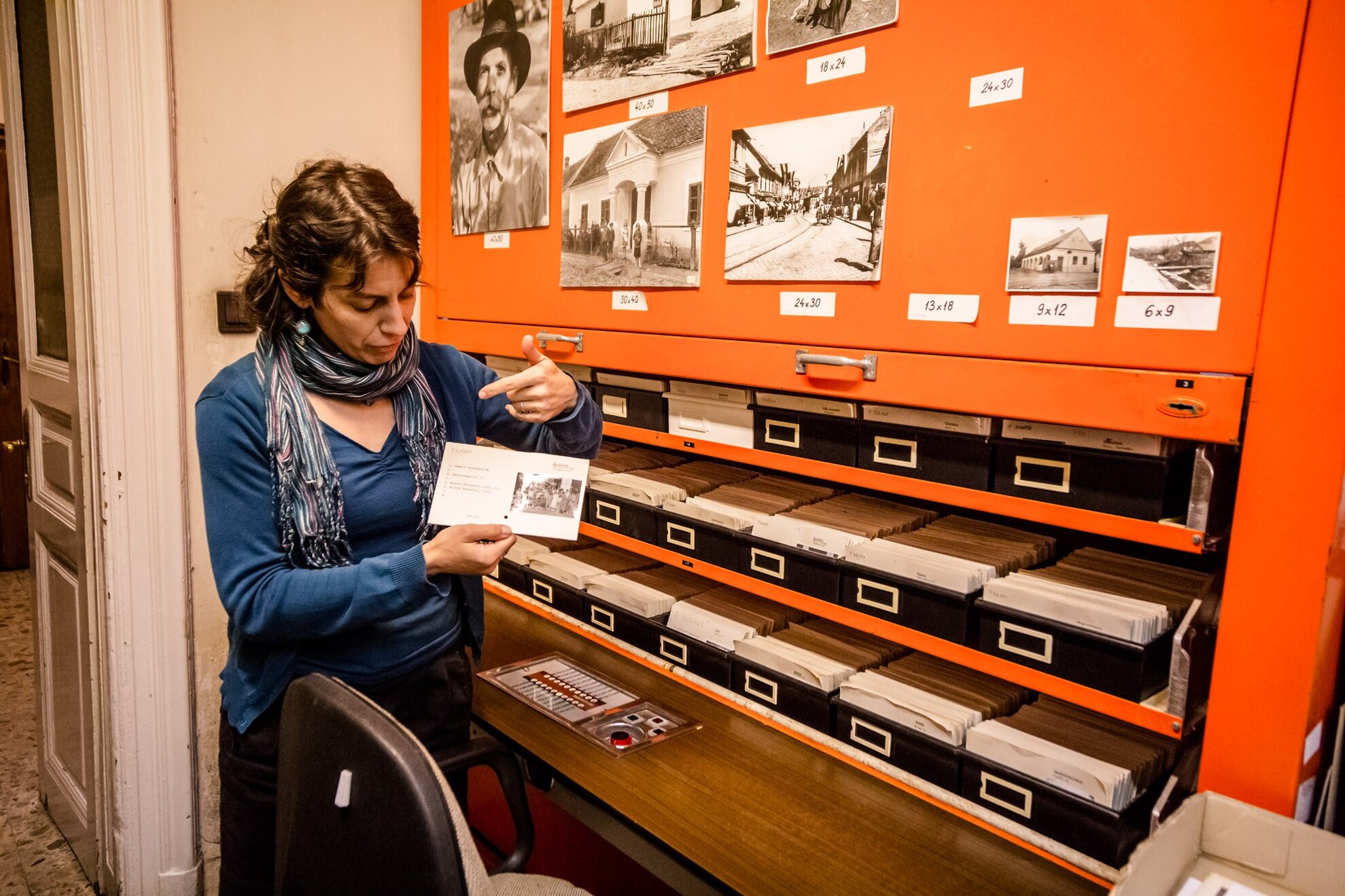

On the tour, we peeked into the panoramic restorators’ workshop and visited a warehouse storing 10-12,000 festive objects and games from the realm of Hungarian peasant culture, as well. Every single item is being moved to the museum’s new location one by one, equipped with custom QR codes, from traditional Easter eggs to two-door cabinets.
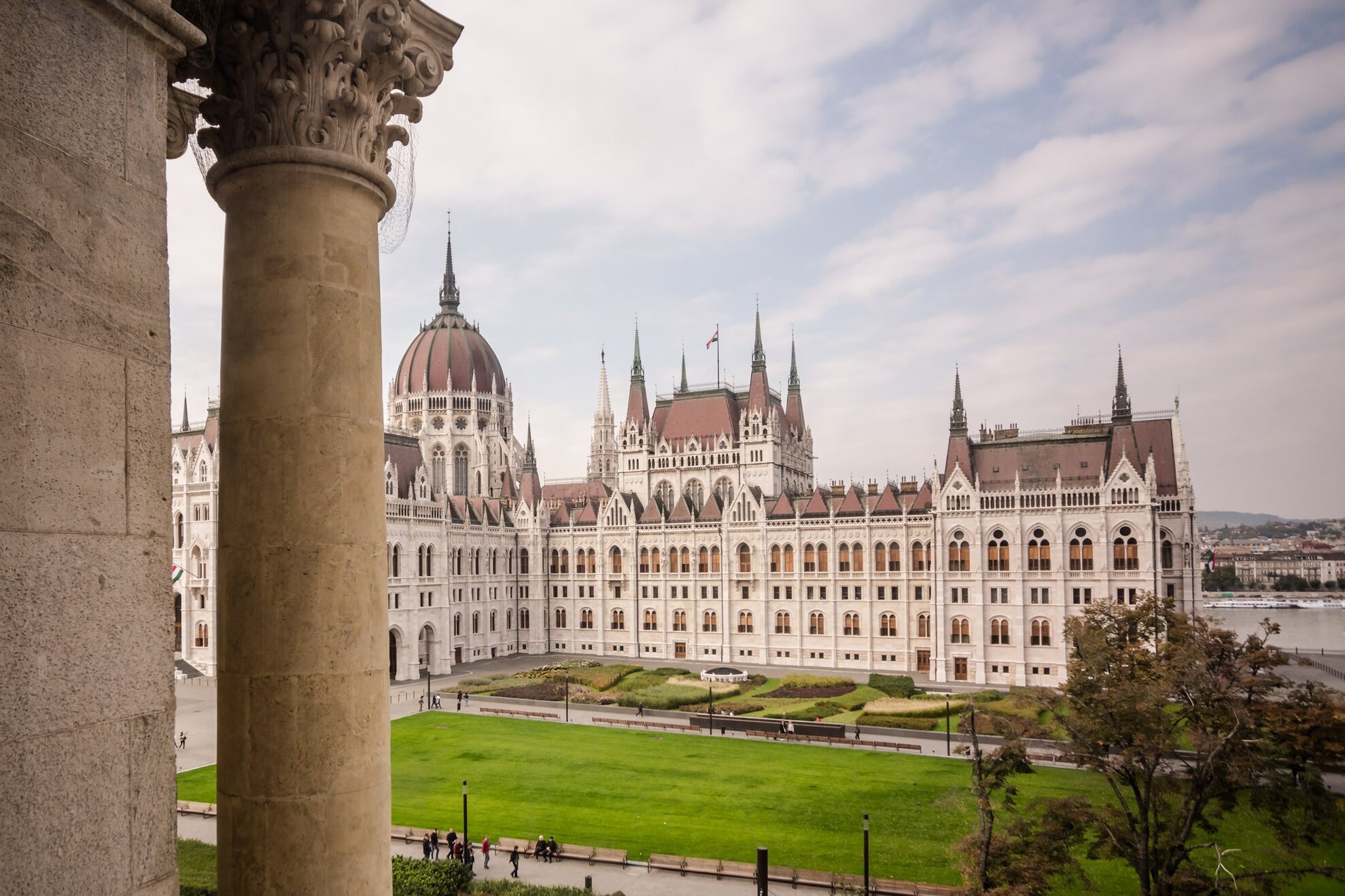
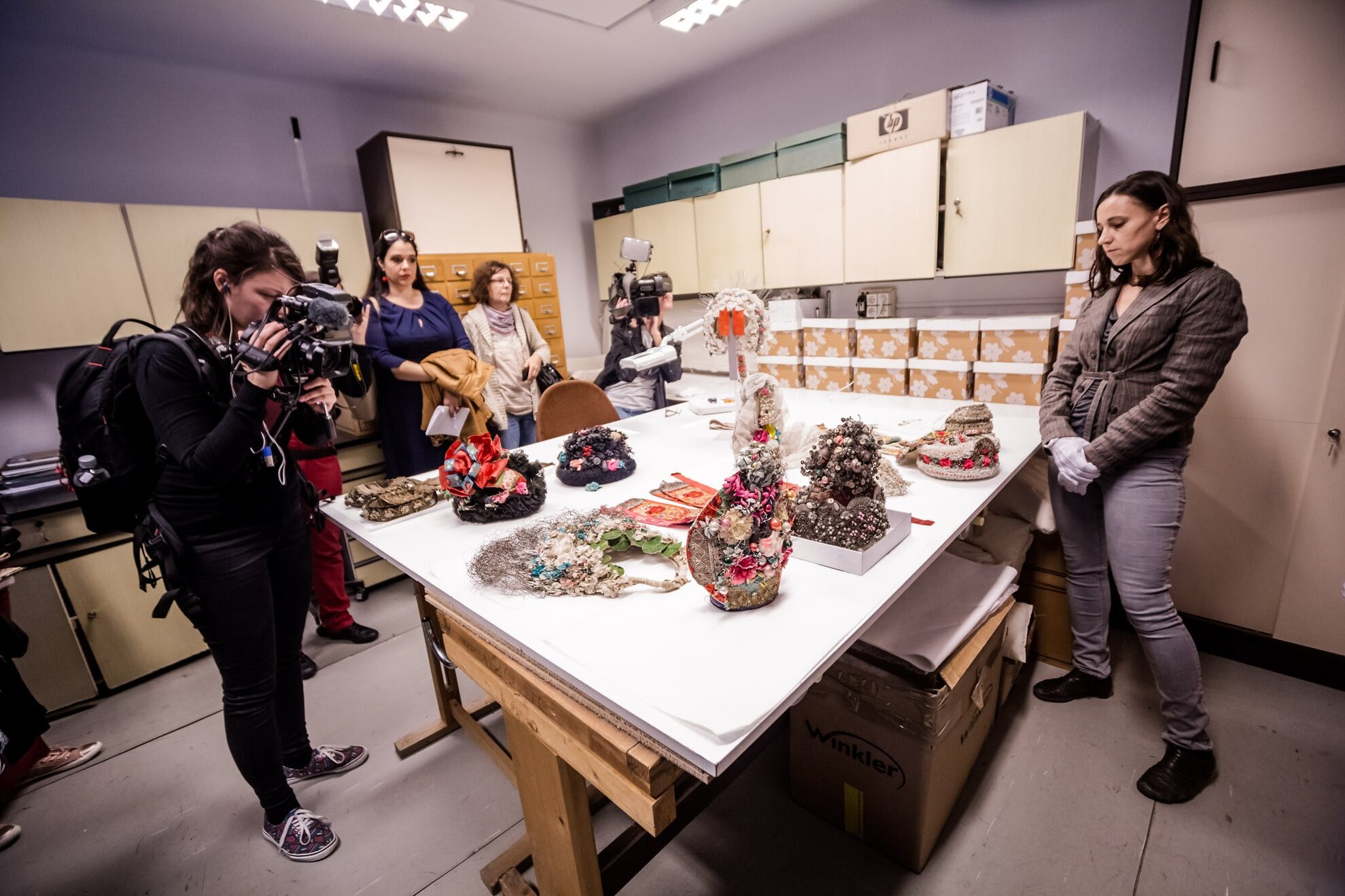
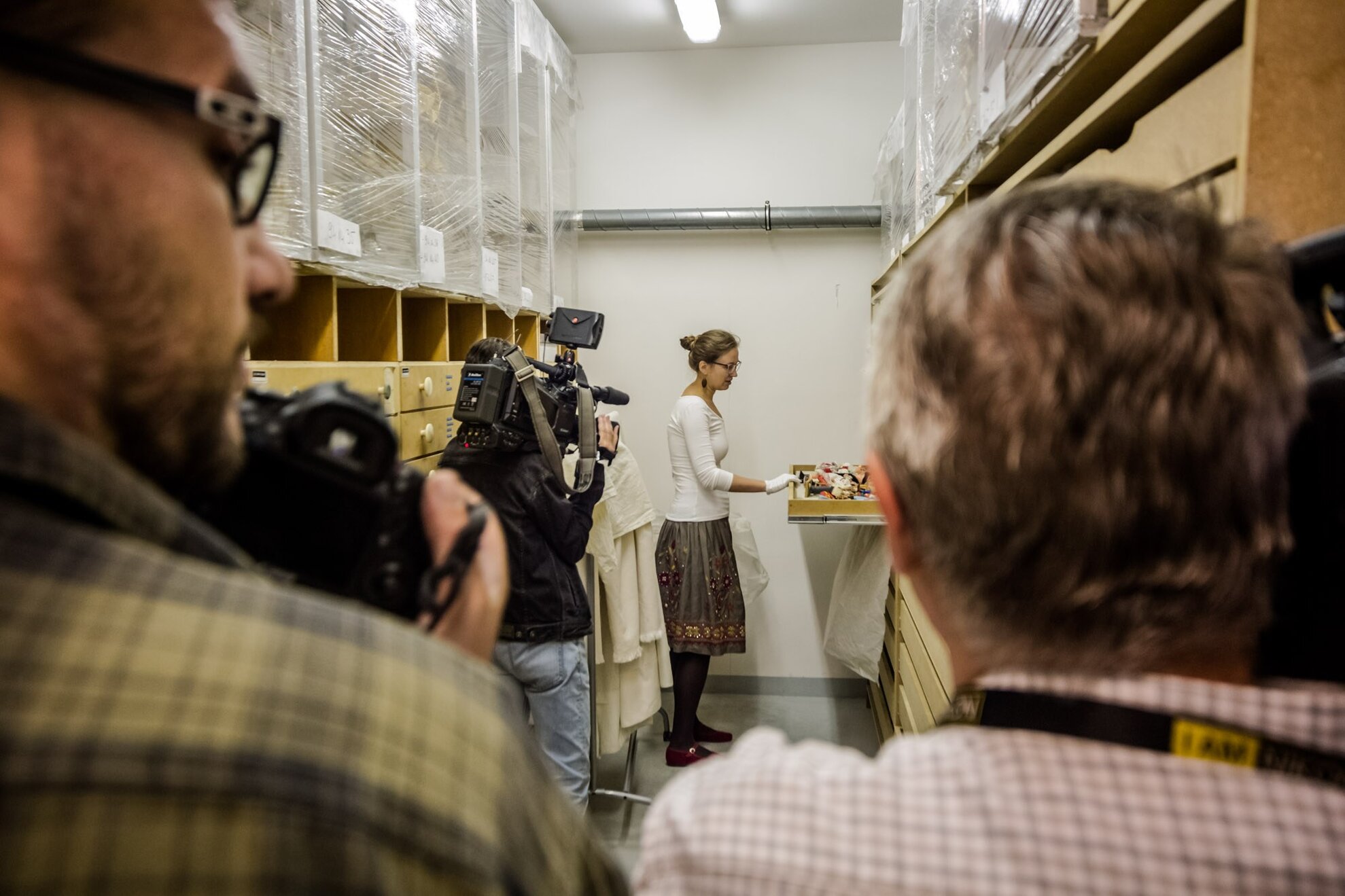
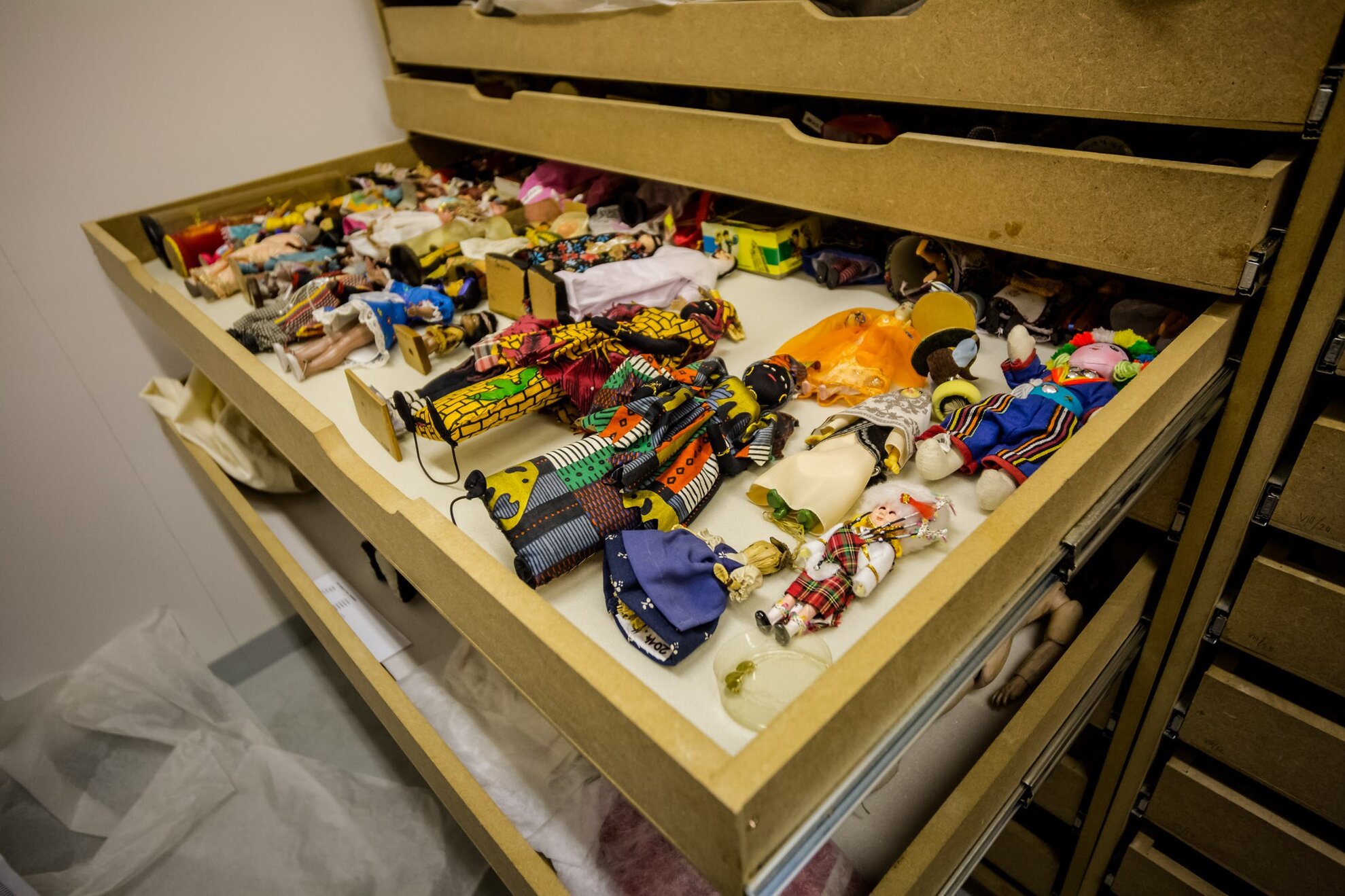
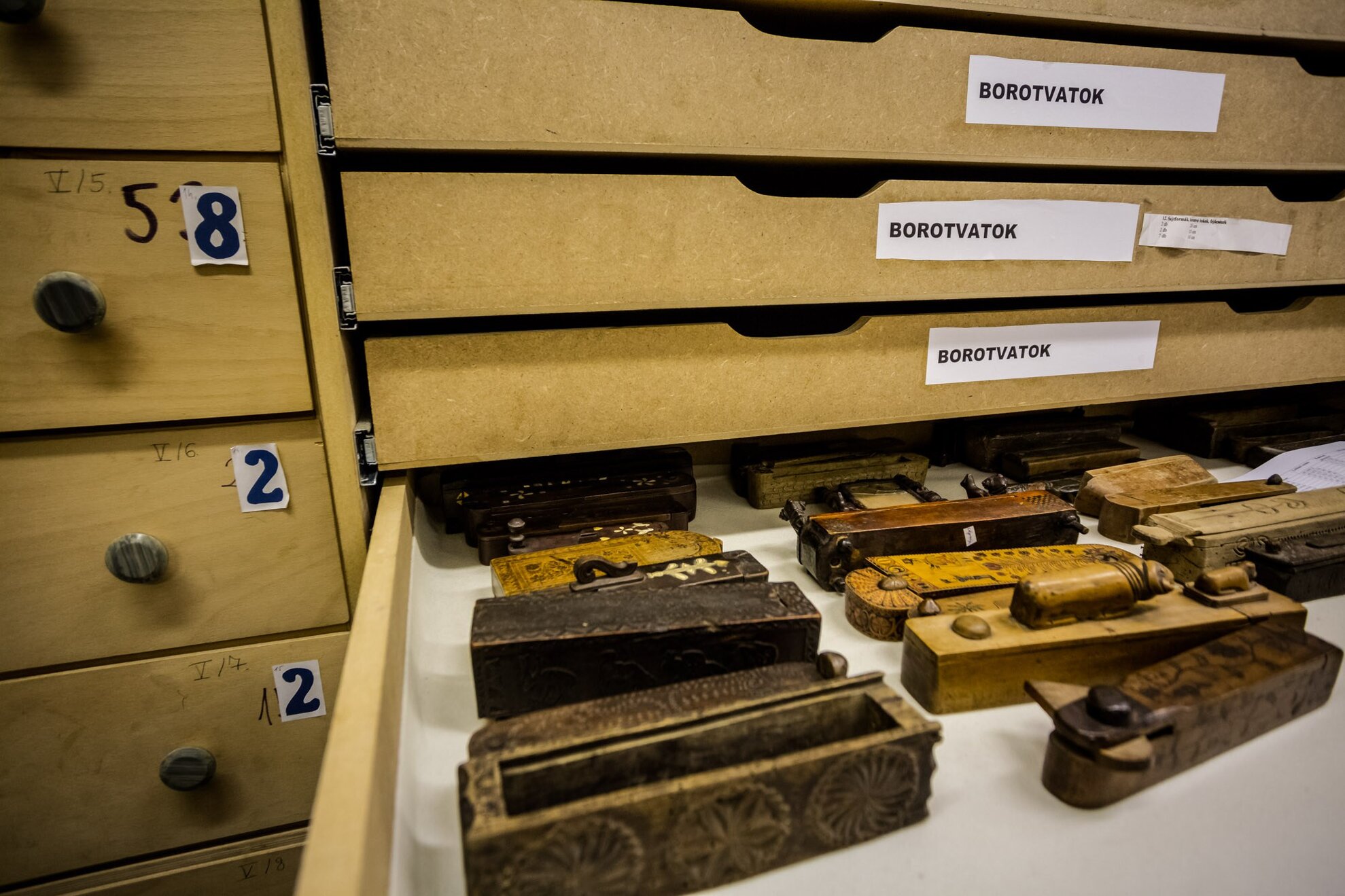
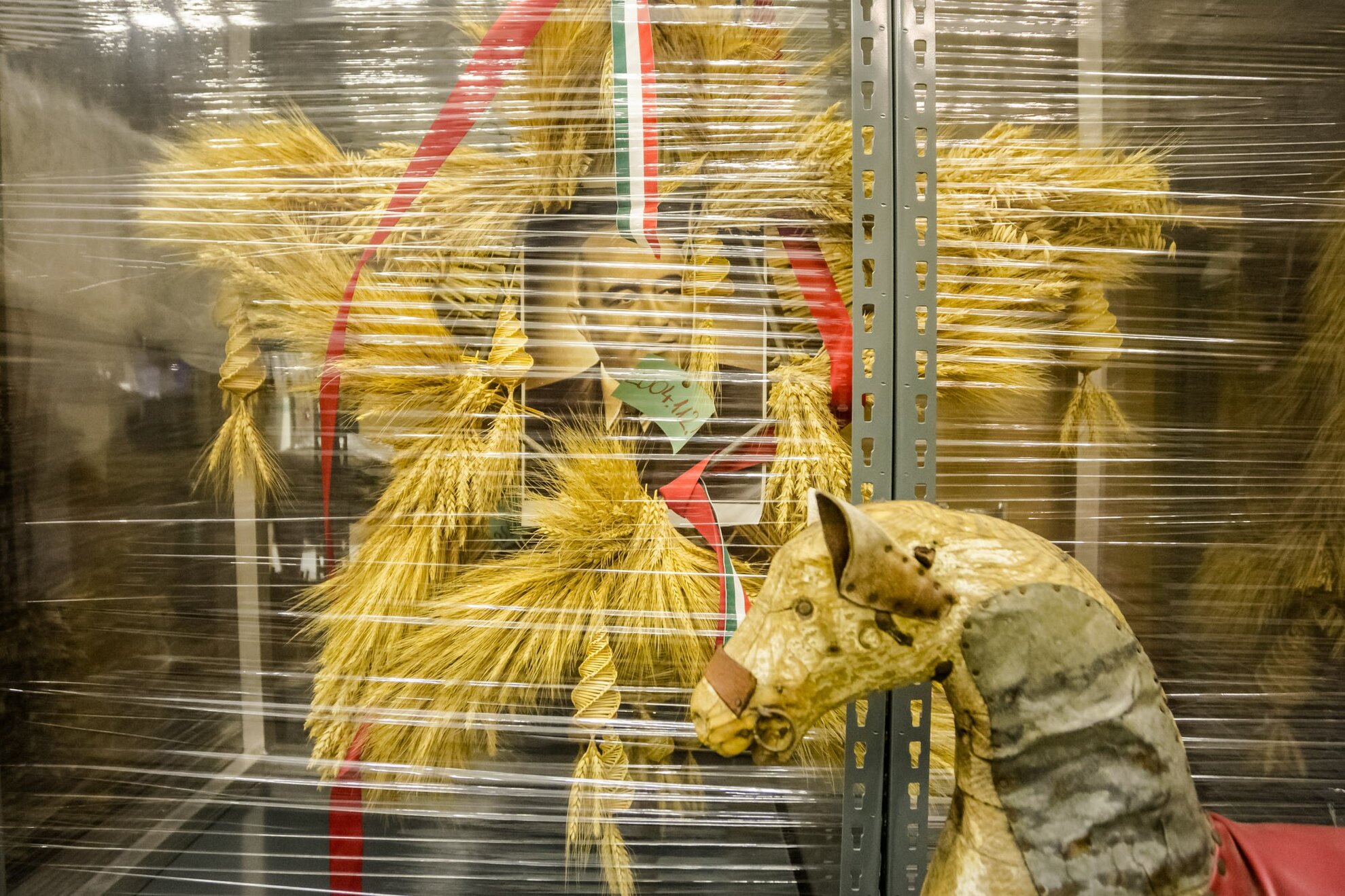
The museum closes and begins its move at the end of the year, and the building at Kossuth Square will be reclaimed by the Supreme Court of Hungary. At the end of the summer of 2019, we will hopefully be able to have a picnic on the grassy roof terrace of the new museum in City Park, and admire the many opportunities and attractions a “real” museum can provide.
